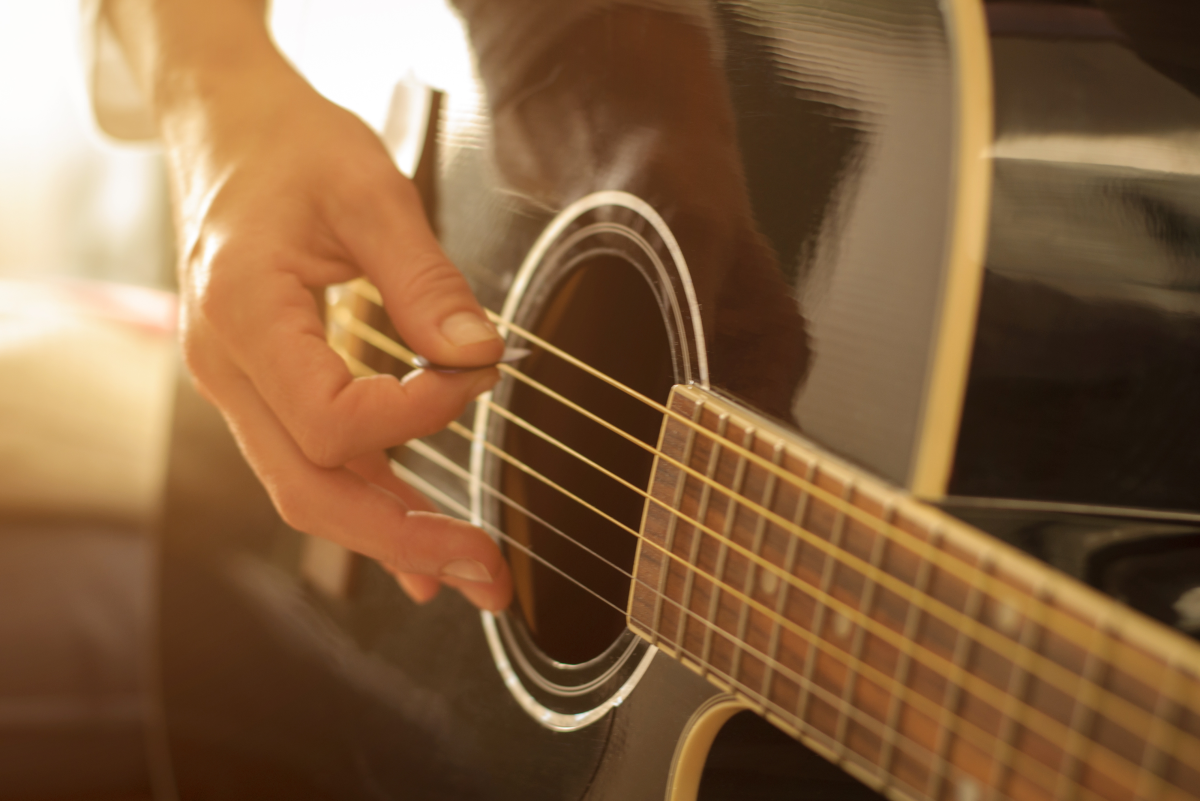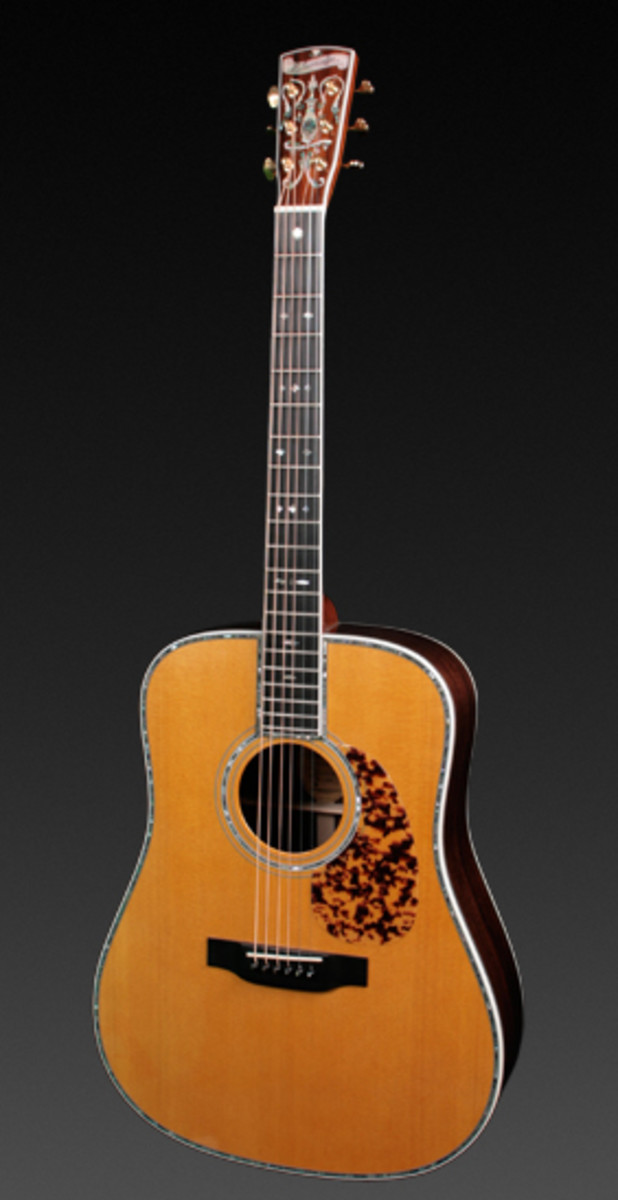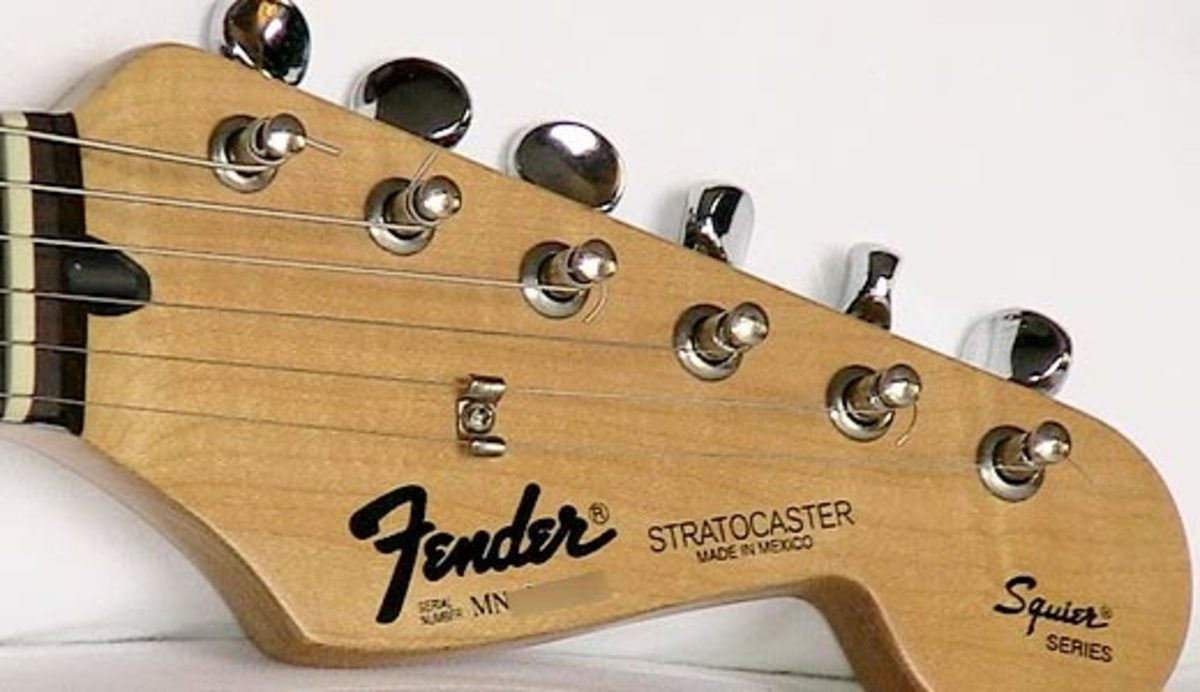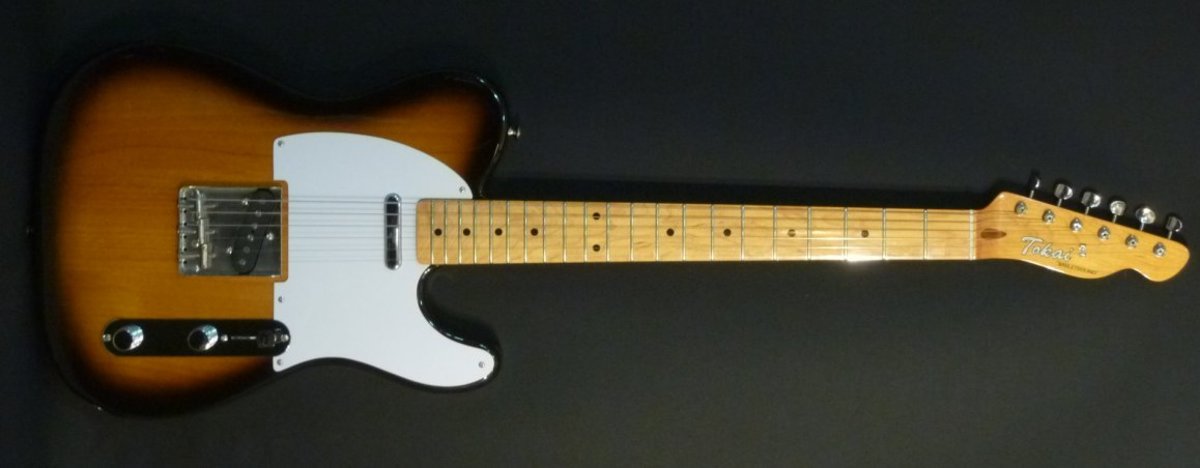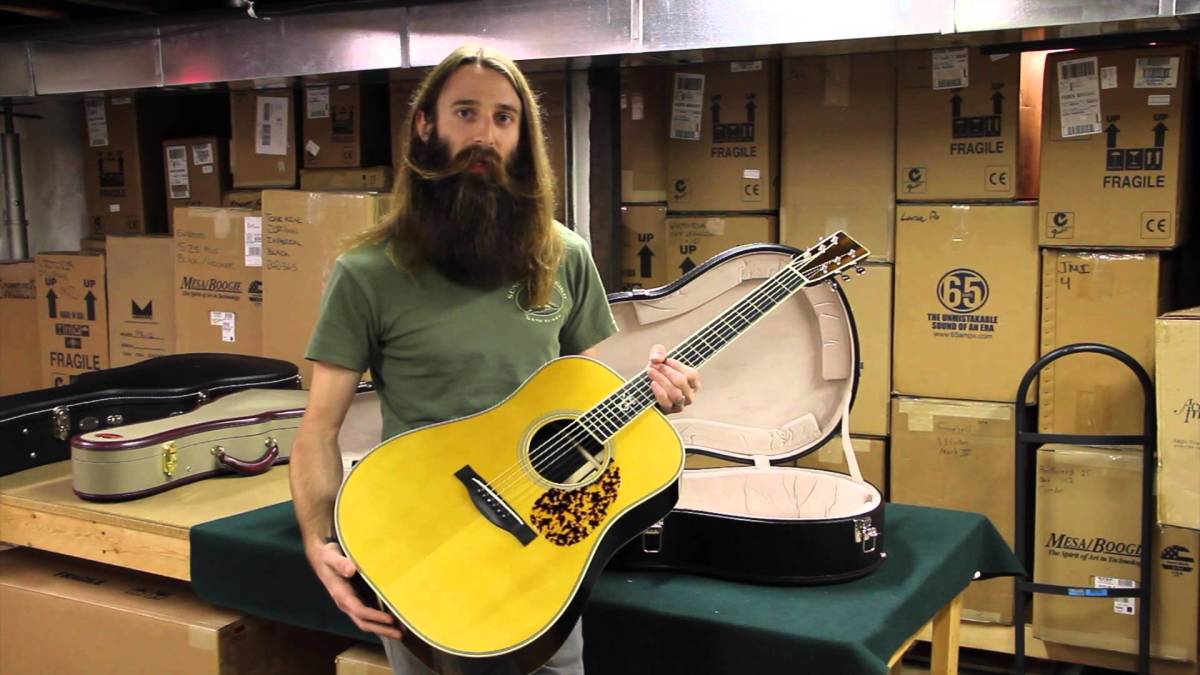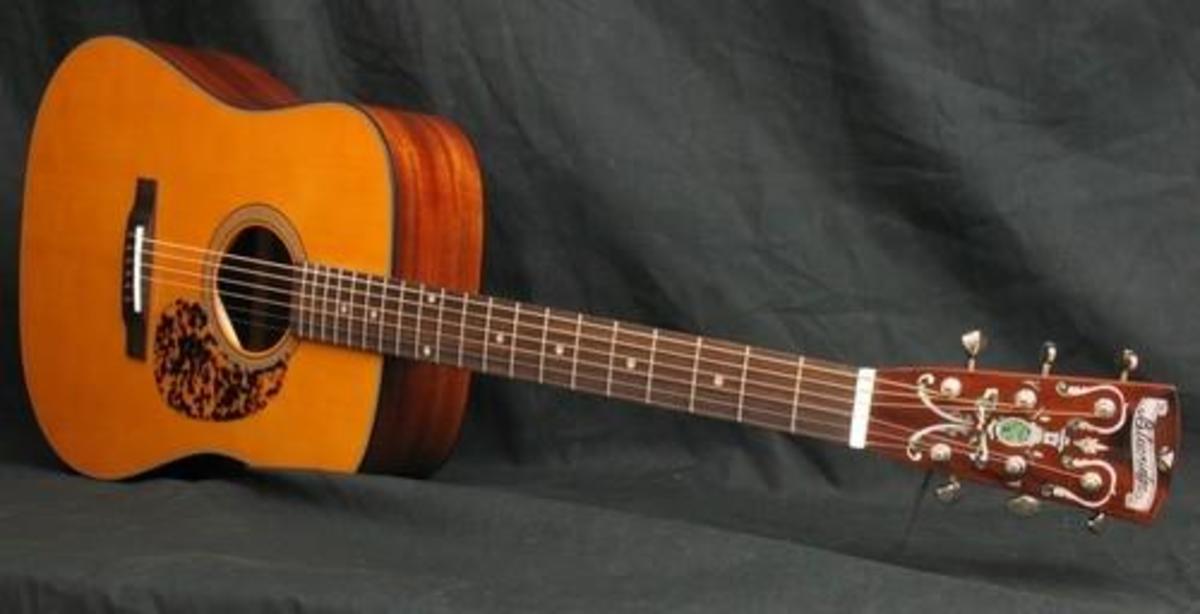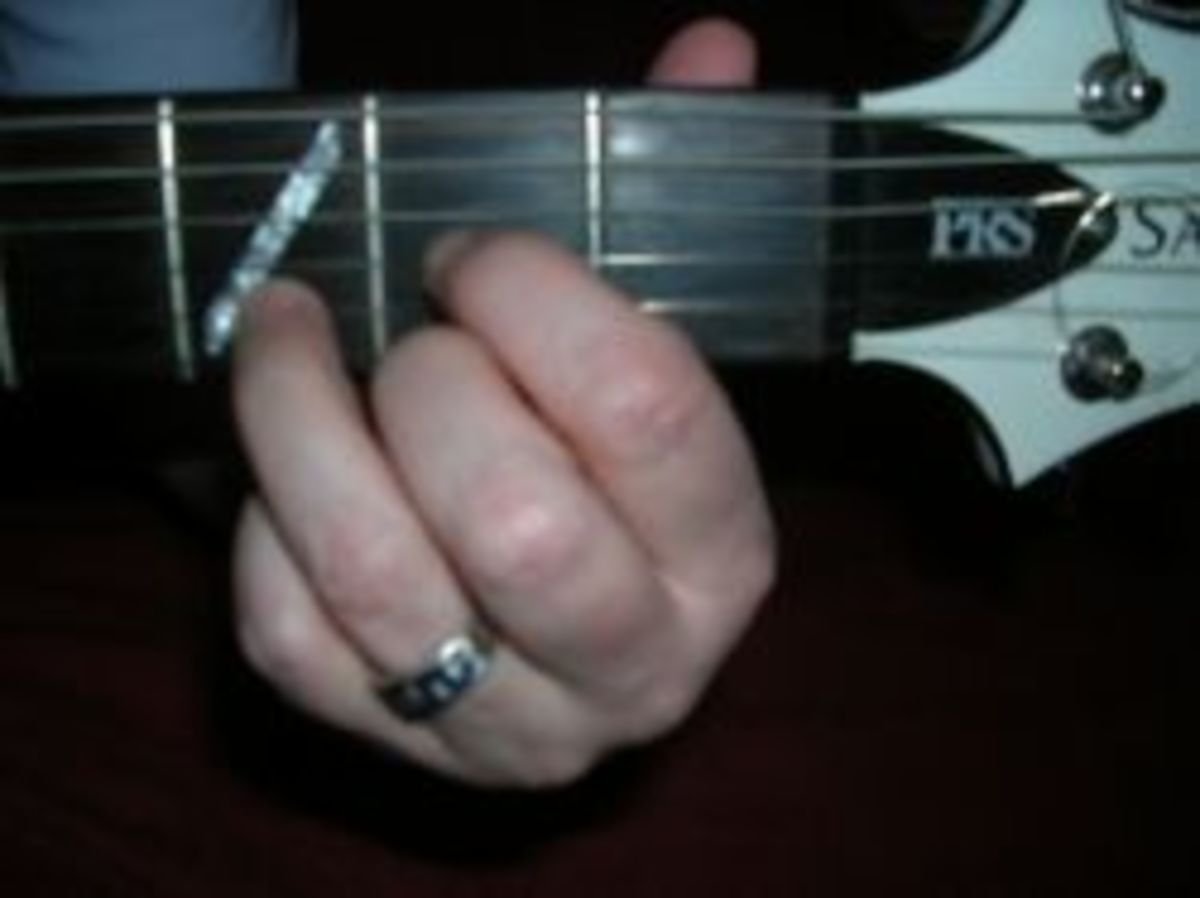How to Travel With Guitars
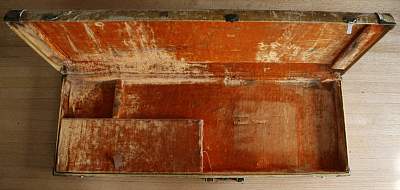
Travelling is tough at the best of times: Remembering everything you need, stuffing as much as you can into luggage and weighing it on the bathroom scales to get it under that limit, getting to the airport in time and then praying that your stuff survives a tired baggage handler’s wrath and makes it to the other end in one piece. The process is even worse when you’re transporting guitars. As perfect as they are, instruments make for the most unwieldy luggage.
The whole subject of instruments on planes has even become a bit of a talking topic over the past few years, with many airlines slow on the uptake, and a few taking advantage of that. Which brings me to the first tip for travelling with a guitar.
Check The Small Print
It seems that most airlines, and even train operators, constructed their instrument rules as an afterthought. Don’t go believing your friend’s advice that a wink and a smile at the check-in desk will be enough to get waved through with your guitar – particularly if it is an electric – some airlines can be very draconian when it comes to oversize items, and I’ve heard plenty of stories of custom officials thoroughly dissecting electrics.
There’s usually a lot of discretion to be had at check-in, but ask the family tearing through their cases and trying to stuff everything they can into their pockets and they’ll tell you discretion can go both ways!
In short, read the rules for the airline you’re travelling with, and make sure it’s the official site.
You’ll find plenty of blogs and third-parties offering out-of-date information. If unsure still, give them a call. Most airlines, even cheaper ones, tend to have phone and email services for such questions.
Cases
There’s a consensus amongst guitar players that a hard case is the only way to go when travelling by plane. I would agree to some extent – if you’re checking in your guitar, putting it into a gig bag won’t do much to protect it from being thrown, crushed, and bashed, and you’ll be lucky to end up with anything more than guitar stew when you open it up again.
For hand luggage however (and some airlines have become pleasingly tolerant of bringing instruments on by hand recently) a gig bag is extremely advantageous. Much like travelling by public transport, or through crowded areas, a gig bag offers a lot more flexibility than a hard case with a single handle.
From leaning it up at either end of the plane, placing it on top of other luggage in the overhead cabin, or even sliding it under the seat between your legs if your fellow passengers are accommodating enough – you’re sure to find somewhere to squeeze it should the airplane staff be tolerant enough.
From personal experience, I’d also like to add a little note for those going down the hard case route: Buy quality. Those old vintage leather cases cost a bomb, but there’s a reason they’re still around, and as sturdy as most newer ones look, I’ve seen plenty of them fall to pieces under mild duress.
A transatlantic flight one Autumn left one of my newly-acquired Jazzmaster cases ripped, cracked, and wet inside, and it is now, like so many other cases, covered in duct tape and glue marks. That’s a cool look, but not practical.
Humidity
Most discussions to do with guitars online usually turn end up with two camps – the people who are meticulous about everything to do with their guitars, and the people who aren’t.
If you’ve ever visited guitar forums, you’ve probably come across (or maybe even are) the guy who talks about his $35 dollar pick, about how the tone of basswood is unlistenable, and how he would never play through anything that doesn’t have valves.
While I appreciate that finicky obsessiveness, and have often spent too much time (and too much money) on fairly trivial guitar changes and adjustments, I always try and remember it’s about spirit and sound, rather than mechanisms and set-ups.
Humidity is one of those things I believe has been blown out of all proportion: A myth that was probably confined to long-haired guitar techs getting sloshed in the hidden corners of pubs, and which proliferated as a mainstream and widely-believed myth with the internet.
Humidity affect acoustics and sound quite a bit, and of course it can have a minor affect on wood, but unless your guitar is made out of an unfinished, raw piece of unsanded log, you won’t be in danger.
If you don’t believe me, google for actual evidence of guitars ruined by a lack of humidity – there aren’t many, and those that were are mainly the result of years of neglect in ultra-dry regions.
In my 10 years of travelling between places like Australia and the UK with guitars, the amount of problems I’ve encountered caused by humidity is zero. The bottom line is, don’t fret about it.
Tips And Tricks
If you own a Fender-style bolt-on neck guitar, then taking the neck off can save a huge amount of trouble. The day I began doing this and stuffing my guitars, wrapped in clothes, into my checked luggage, travelling with them began a thousand times easier.
Just remember to loosen your truss rod if travelling a long way, and learn how to do a proper set-up when you get it at the other end (something every guitarist should know how to do anyway) and you’ll be fine. (Bringing the guitar by hand in this way is also an option, though you may find customs would like to take a closer look at the guitar internals when bringing it through airports.)
Les Paul style guitars benefit from being stuffed well around the upper neck and headstock – as the main cause of damage to these guitars is a snapped neck. Impact shock tends to hit particularly hard in that area, and packing firmly can save the whole guitar (though many times they can be glued back to an almost-new condition).
Something I have no experience of myself, though I’ve seen many acoustic players swear by, is removing the strings, and putting a light cloth such as linen inside the acoustic guitar cavity via the sound hole.
I’m not sure how effective this actually is, as I doubt it would be firm enough to avoid breaking in the event of impact, though I imagine it dampens vibrations significantly, and may lessen the chance of cracking through prolonged bashing.
If you travel quite a lot (and if you’re a musician, it makes sense) then joining an air miles program can come in handy. Minor upgrades to check-in and flight status can alleviate a lot of problems, as airlines treat their air miles customers particularly well.
Conclusion
People travel with guitars every day, and various airlines see guitars being brought through in all manner of ways all the time. I can remember the last-minute panicking, and pre-check-in worries that I used to have all the time when I began travelling with a beginner guitar, but now, many years, and many successful trips later, I’m aware of how many contingencies airlines have for such things.
At the very worst (and usually on cheaper airlines) you may be charged some kind of fee, but thorough understanding of the rules and a friendly demeanour can often get past this. Just remember to do everything you can in order for your guitar to bear the hardships of travel, and thank God you’re not a double-bass player.

